Dogs are often curious and will sniff at anything they can find. Be aware of the potential dangers of houseplants. We present 12 houseplants that can be poisonous to dogs so that you can make your home safer.
Ivy
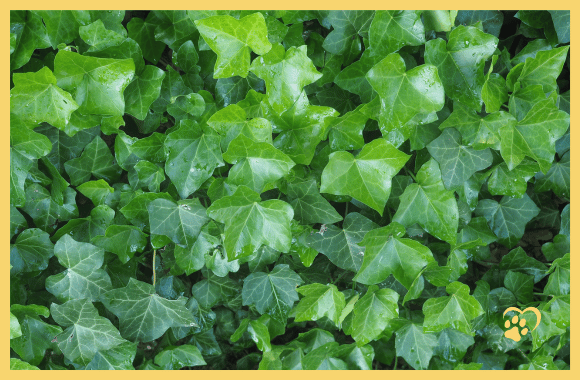
With its dense, shiny leaves, ivy may look like a harmless houseplant. But behind its beauty lies an underestimated danger for our pets. The plant, which is often used as a decorative element in homes, can be very poisonous to dogs. The leaves of ivy contain saponins and polyacetylenes, which can cause severe gastrointestinal problems if swallowed. Skin contact with ivy can also cause irritation. So be extra careful if you have ivy in your home. Keep it out of reach of your pets and check regularly to make sure it has not been nibbled on.
Dieffenbachia
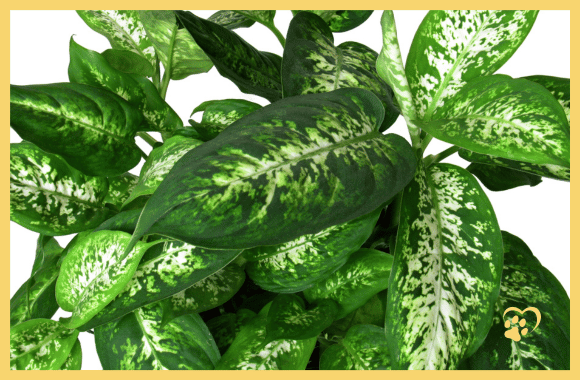
Dieffenbachia, also known as monocots, is a popular houseplant that can be found in many households. But behind its attractive appearance lies a potential danger for our beloved four-legged friends. The leaves of the Dieffenbachia contain crystals known as oxalate needles. These crystals can cause severe irritation on contact with the mucous membranes of the dog's mouth or tongue, which can lead to swelling, burning and even swelling of the airways. These symptoms can lead to considerable discomfort and serious health problems. For this reason, it is very important to keep the Dieffenbachia out of the reach of dogs and ensure that they cannot chew on it or tear off the leaves.
Philodendron
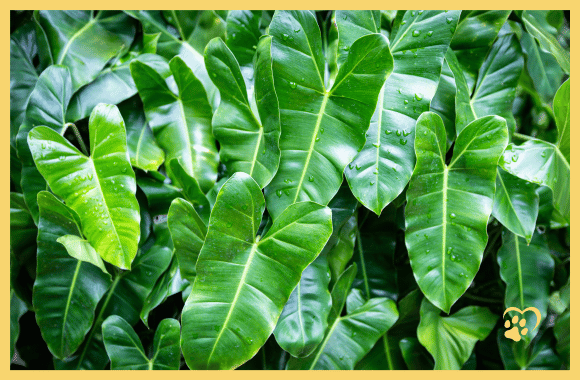
The philodendron, a popular houseplant that is often prized for its lush green leaves, harbors a hidden danger for our four-legged friends. The leaves of this plant contain oxalate needles, which can cause severe irritation if they come into contact with the mucous membranes of the dog's mouth or digestive tract. Symptoms of poisoning by Philodendron can include vomiting, diarrhea, excessive salivation and difficulty swallowing. In severe cases, it can even lead to respiratory and kidney problems. As a dog owner, you should therefore make sure that your friend does not have access to this plant. Place the philodendron out of his reach and make sure that he does not chew on it or nibble the leaves.
Poinsettia
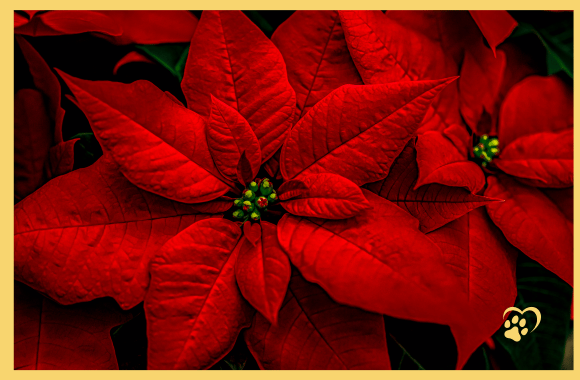
Poinsettia is a popular houseplant that is particularly common at Christmas time. But behind its festive appearance lies a potential danger for our beloved dogs. Both the leaves and the milky sap of the poinsettia can cause irritation and gastrointestinal problems in dogs through ingestion or skin contact. Symptoms of poinsettia poisoning can include vomiting, diarrhea, increased salivation and loss of appetite. In some cases, skin irritation may also occur. As a responsible dog owner, you should therefore ensure that your dog does not have access to this plant, especially during the Christmas period when it is more common. Place the poinsettia out of your dog's reach and make sure he can't get to it.
Oleander
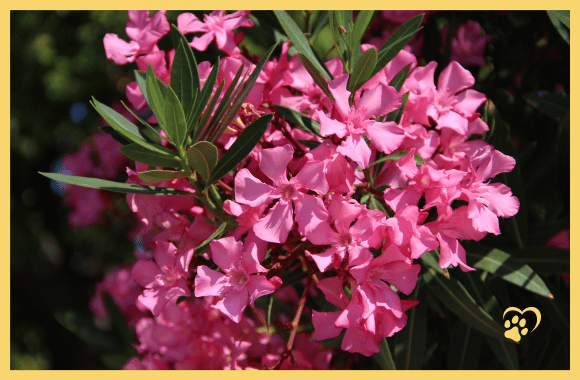
With its eye-catching flowers and evergreen foliage, the oleander adds picturesque beauty to gardens and terraces. But behind its splendor lies an underestimated danger for our beloved dogs. All parts of the oleander, i.e. leaves, flowers and stems, contain toxins such as oleandrin and nerioside, which can cause severe symptoms of poisoning in dogs. Symptoms of oleander poisoning can include vomiting, diarrhea, excessive salivation, convulsions and even cardiac arrhythmia. Such poisoning can be life-threatening and requires immediate veterinary treatment. As a responsible dog owner, you should therefore make sure that your dog has no access to oleander plants, whether in the garden, on walks or near public places. Keep your dog away from this poisonous plant and protect him from the potential dangers posed by this beautiful but dangerous shrub.
Aloe Vera
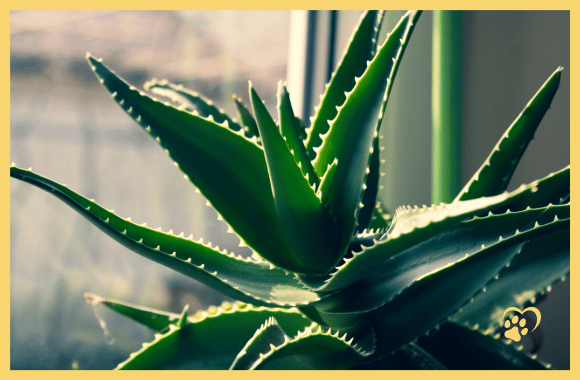
Aloe vera, known for its many medicinal uses, is a popular houseplant found in many households. While its gel-like leaves are often used for topical application, it poses a potential danger to our dogs. Both the sap and gel of aloe vera can cause gastrointestinal distress in dogs, such as vomiting, diarrhea and abdominal pain, if consumed in large quantities. The juice of aloe vera can also cause skin irritation if applied externally. As a responsible dog owner, you should make sure that your dog does not have access to aloe vera, either in the house or in the garden. Keep the plant out of reach and avoid contact with your dog's skin.
Lily of the valley
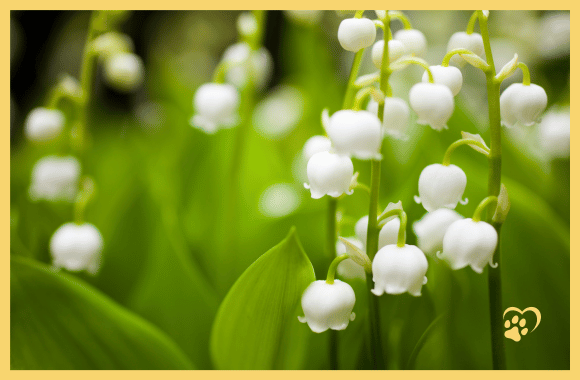
The lily of the valley, with its delicate, bell-shaped flowers and beguiling scent, is an enchanting flower that can often be found in gardens. But behind its beauty lies a dangerous threat to our beloved dogs. All parts of the lily of the valley, including the leaves, flowers and berries, contain toxic substances such as convallatoxin and saponins, which can cause severe symptoms of poisoning in dogs. Symptoms of lily of the valley poisoning can include vomiting, diarrhea, convulsions, cardiac arrhythmia and, in severe cases, even respiratory distress. It is therefore very important that your dog does not have access to lily of the valley, either in the garden or when walking in parks or woods.
Laburnum
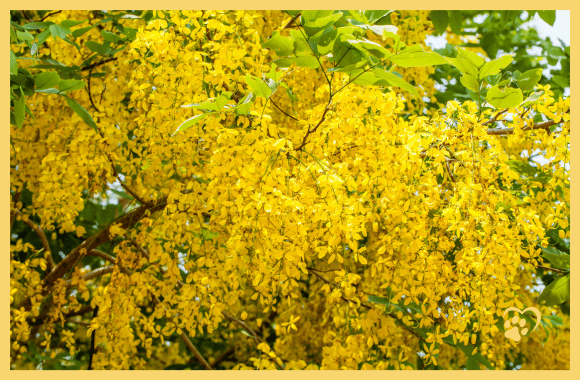
The laburnum with its hanging clusters of yellow flowers adds a magical touch to gardens. But behind its picturesque appearance lies a serious danger for dogs. All parts of the laburnum, i.e. leaves, flowers and seeds, contain the poisonous alkaloid cytisine, which can cause severe symptoms of poisoning in dogs. Symptoms of poisoning with laburnum can include vomiting, diarrhea, cramps, paralysis and, in severe cases, even breathing difficulties. As a responsible dog owner, you should therefore ensure that your dog has no access to laburnum, either in the garden or in the wild. Keep your dog away from this poisonous plant and keep a close eye on him when he is out and about.
Sword fern
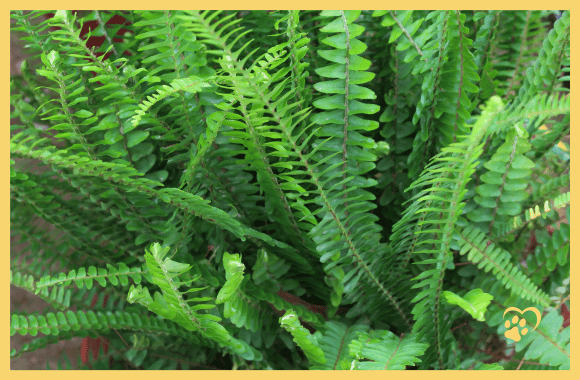
With its elegant, long fronds, the sword fern lends a tropical atmosphere to living spaces. But despite its decorative appearance, it harbors an underestimated danger for our beloved dogs. All parts of the sword fern, especially the leaves and roots, contain toxic substances such as phenols and alkaloids, which can cause severe symptoms of poisoning in dogs. Symptoms of sword fern poisoning can include vomiting, diarrhea, abdominal pain and, in severe cases, kidney failure. Therefore, make sure that your dog does not have access to sword fern, neither in the house nor in the garden. Place the plant out of his reach and make sure he cannot chew it or nibble on the leaves.
Cyclamen
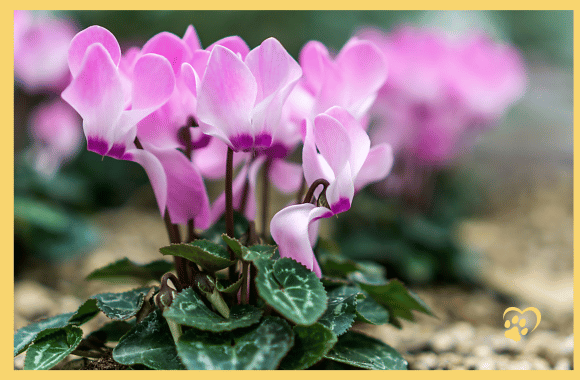
The cyclamen with its bright flowers and compact growth is a popular houseplant that is often used for decoration. But behind its charming appearance lies a potential danger for dogs. All parts of the cyclamen, especially the leaves and roots, contain toxic substances such as saponins and alkaloid compounds, which can cause severe symptoms of poisoning in dogs. Symptoms of cyclamen poisoning can include vomiting, diarrhea, excessive salivation, cardiac arrhythmia and, in severe cases, even respiratory distress. As a responsible dog owner, you should therefore ensure that your dog has no access to cyclamen, either in the house or in the garden. Keep the plant out of reach and avoid it coming into contact with your dog's skin.
Angel's trumpet
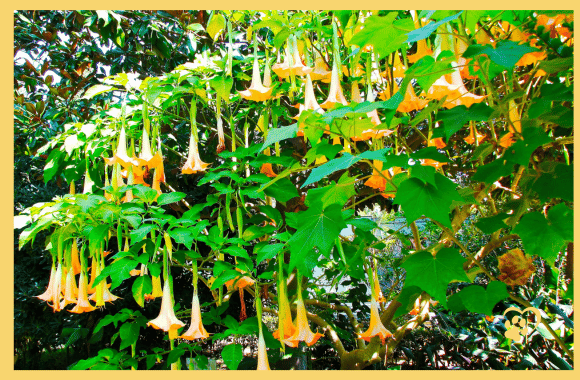
With its striking, trumpet-shaped flowers and sweet fragrance, the angel's trumpet is an impressive ornamental plant that can often be found in gardens. But despite its beauty, it poses a serious danger to dogs. All parts of the angel's trumpet, including leaves, flowers and seeds, contain toxic alkaloids such as scopolamine and hyoscyamine, which can cause severe symptoms of poisoning in dogs. Symptoms of angel's trumpet poisoning can include vomiting, diarrhea, excessive salivation, convulsions and, in severe cases, even respiratory distress. As a dog owner, you should therefore make sure that your dog does not have access to angel's trumpets, either in the garden or in public. Keep your dog away from this poisonous plant and be extra vigilant when walking near angel's trumpets.
Azalea
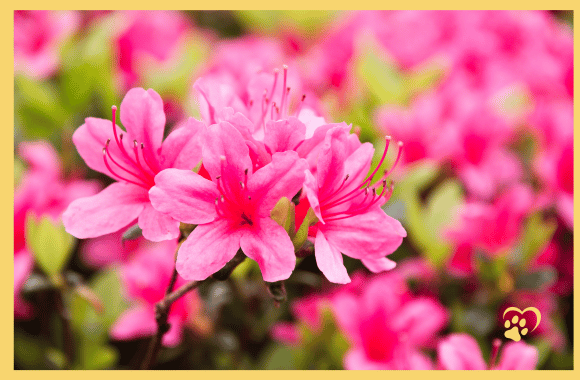
With its bright flowers and lush foliage, the azalea is a popular ornamental plant that can often be found in gardens and on patios. But despite its attractive appearance, it hides a serious danger for dogs. All parts of the azalea, including leaves, flowers and stems, contain poisonous substances such as grayanotoxins, which can cause severe symptoms of poisoning in dogs. Symptoms of azalea poisoning can include vomiting, diarrhea, excessive salivation, convulsions and, in severe cases, even heart problems. As a dog owner, you should therefore ensure that your dog does not have access to azaleas, either in your garden or near public places where azaleas are planted.
Read on to find out how you can protect your dog even better:

